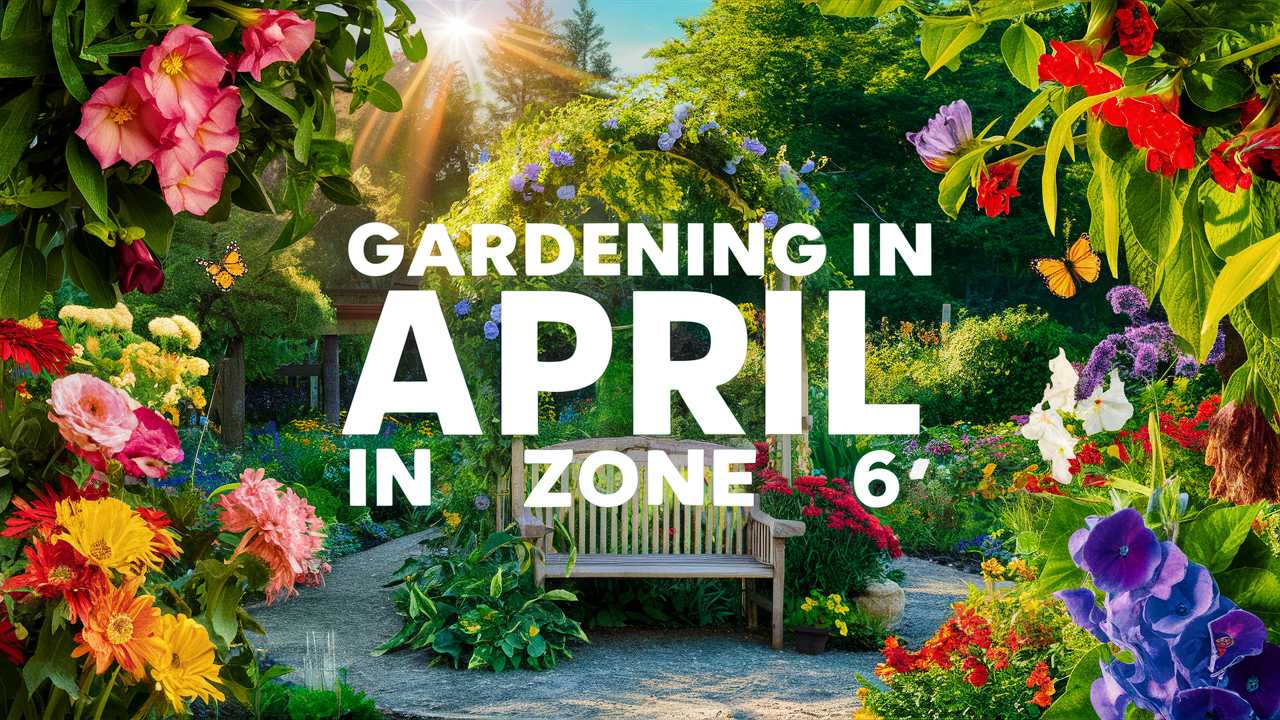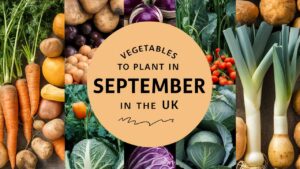Below, we’ll explore the essential tasks and suggestions for gardening in April, providing you with insights, tips, and the inspiration necessary to cultivate a flourishing garden.
Understanding Zone 6

Before diving into specific gardening activities, it’s essential to comprehend what Zone 6 means in the context of planting. According to the USDA Plant Hardiness Zone Map, Zone 6 typically experiences minimum winter temperatures between -10°F to 0°F (-23°C to -18°C). This zone benefits from a longer growing season than warmer zones, extending from about mid-April to the end of October. The characteristic four-season climate allows for an array of flowers, vegetables, and fruits to thrive.
Knowing your zone helps determine when to start your gardening activities. In Zone 6, preparation and early planting in April set the foundation for bountiful yields and beautiful blooms throughout the warmer months.
Preparing Your Soil
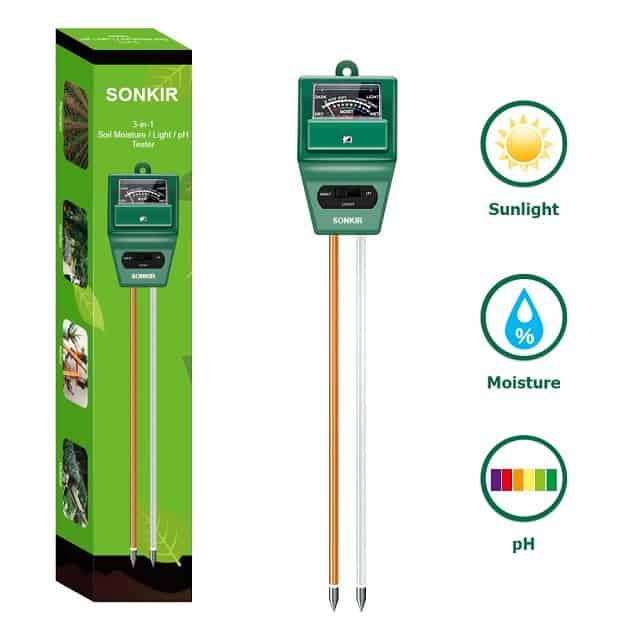
April heralds the time to revitalize your garden beds after months of dormancy. Soil preparation is paramount for successful gardening. Start by assessing your soil’s condition. Amendments such as compost or well-rotted manure can enhance soil structure, drainage, and nutrient content. Here are the steps to effectively prepare your soil:
Clear Debris: Remove any dead leaves, weeds, and debris from your garden beds that collected over winter. This not only tidies up the space but also reduces the risk of pests.
Soil Testing: Consider conducting a soil test to determine pH and nutrient levels. Kits are readily available at garden centers or through agricultural extensions. Understanding your soil allows you to amend it appropriately.
Amend and Mix: Based on soil test results, incorporate necessary amendments like sulfur to lower pH or lime to raise it. Additionally, mix organic materials throughout the soil with a tiller or garden fork.
Level the Beds: Raking the soil until smooth and level will help prevent water pooling and ensure an even planting area for seedlings and seeds.
Mulching: Once prepared, you can apply a layer of organic mulch. This helps suppress weeds, retain moisture, and improve organic matter as it breaks down over time.
Choosing What to Plant in April
With your soil ready, you’re poised to select the best crops and flowers for planting in April. Zone 6’s climate allows for a robust selection of plants. Consider the following categories:
Cool-Season Vegetables
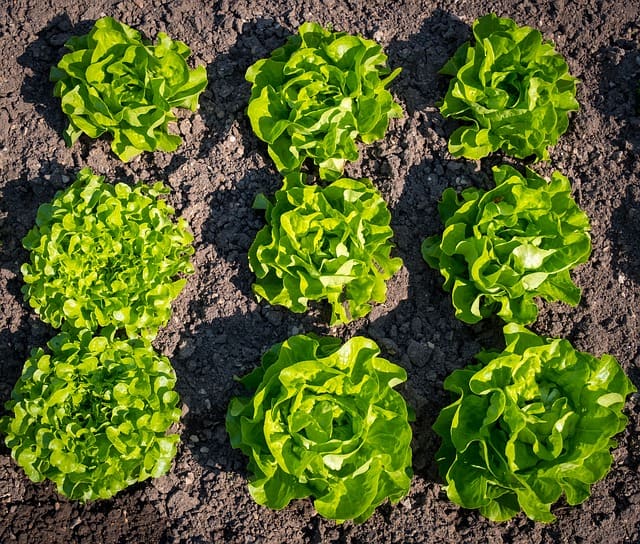
Cool-season vegetables thrive in the cooler temperatures of early spring. In April, it’s time to sow or transplant:
Lettuce: A great choice for quick, successive planting. Edible varieties like Butterhead and Romaine can be sown directly into the soil.
Radishes: These fast-growing veggies are perfect for early planting and can be harvested in as little as three weeks.
Spinach: Nutrient-dense and versatile, it should be direct seeded for an early harvest.
Peas: Plant pea seeds directly in the soil. They thrive in cooler weather and can be sown as soon as the soil is workable.
Broccoli and Cauliflower: Start seeds indoors in March for transplanting in April.
Perennials and Flowers
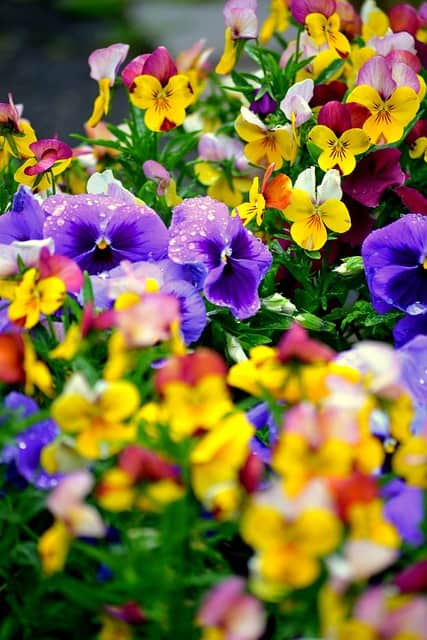
April is an excellent month to plant perennials and flowers that will provide beauty throughout the summer months. Consider these favorites:
Pansies and Violas: These hardy early bloomers add vibrant color and can tolerate cool temperatures.
Columbine: Known for their unique, enchanting flowers, these can be direct seeded or transplanted.
Daylilies and Hostas: Planting these perennials now allows them to establish roots before the full heat of summer.
Herbs
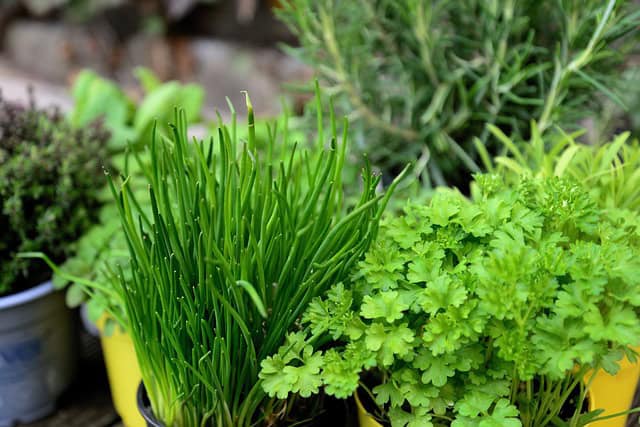
Herbs can often be started in spring for summer use. Basil, coriander, and parsley are great choices. Here’s a quick tip: start your herbs indoors if you want to get a jump on the season.
Timing Your Planting
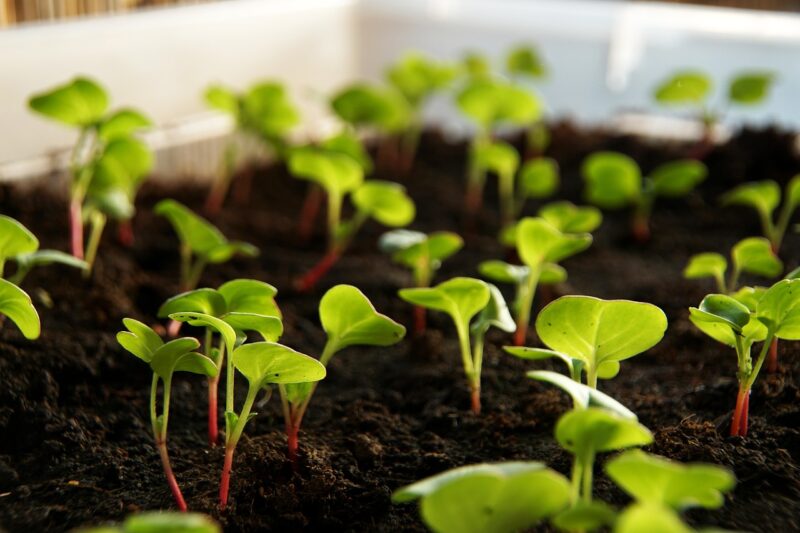
Timing is crucial in April gardening to ensure little or no frost damage. For many plants, early April is the best time to sow. However, keep an eye on local weather forecasts, as frost can still occur, especially in early April. Here are some recommendations for effective planting:
Direct Sowing: For crops like peas and radishes, sow seeds directly in the garden soil around early April.
Transplanting Seedlings: If you’ve started seedlings indoors, harden them off two weeks before transplanting. This process involves gradually exposing them to outdoor conditions.
It’s wise to use season extenders, such as row covers or cloches, to protect young plants from unexpected frosts.
Watering and Irrigation
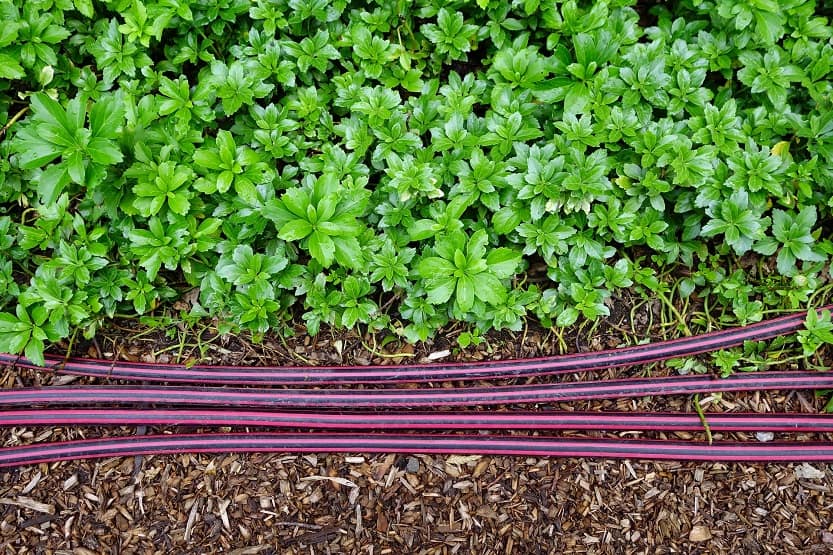
As temperatures rise in April, your responsibility to provide adequate moisture becomes vital. Proper watering practices are essential for new seeds and plants. The following principles guide effective irrigation methods in April:
Monitor Soil Moisture: Check your soil’s moisture level before watering. The top inch should feel dry before rehydrating.
Water Early: Water early in the morning to minimize evaporation and leaf diseases. Avoid watering in the late afternoon or evening.
Use Drip Irrigation: If possible, implement drip irrigation or soaker hoses. These techniques deliver water slowly and deeply, ensuring roots receive adequate moisture.
Mulch to Retain Moisture: Mulching not only suppresses weeds but also helps retain soil moisture, reducing the frequency of watering.
Pest and Disease Management
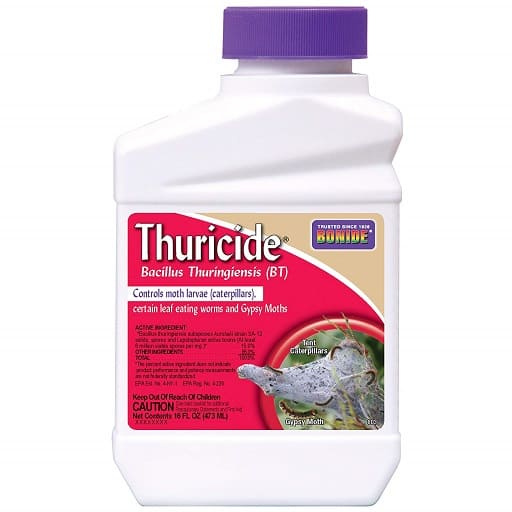
Gardening in April can bring challenges beyond planting and watering. Early pests may emerge as the soil warms and new growth appears. Here are some ways to manage and minimize pests and diseases in your garden:
Integrated Pest Management (IPM): Adopt an IPM approach, which focuses on prevention, monitoring, and control using environmentally friendly practices. This includes encouraging beneficial insects like ladybugs and lacewings.
Regular Inspection: Checking plants weekly for signs of pest infestations or diseases helps in early detection and management. Look for discolored leaves or unusual growth patterns.
Handpicking: For larger pests like slugs and caterpillars, handpicking can be an effective way to manage them without resorting to chemicals.
Organic Treatments: Utilize neem oil or insecticidal soap as preventative measures and treatments if you spot infestations.
Fertilizing Your Garden
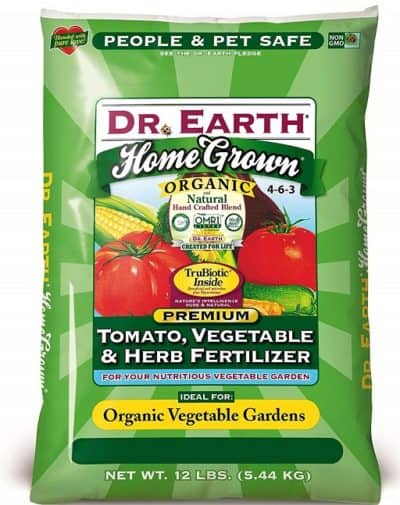
In April, it’s time to give your garden a nutrient boost, particularly for newly planted beds. Understand your plants’ needs and choose the right fertilizers accordingly:
Choose Organic: Organic fertilizers, such as compost or fish emulsion, enrich the soil over time without harmful chemical residues.
Granular Fertilizers: Apply slow-release granular fertilizers to give your plants a steady stream of nutrients as they grow. Be cautious not to over-fertilize, which can lead to burn.
Liquid Feedings: Consider adding liquid feedings to potted plants or those in raised beds. These are quickly absorbed and can address immediate nutrient needs.
Test for Nutrient Deficiencies: If plants show signs of nutrient deficiencies, consider side-dressing with appropriate fertilizers based on your soil test results.
Planning and Designing Your Garden

April is an invigorating time for garden enthusiasts to creatively plan and design their gardens. Whether it’s a vegetable patch, flower beds, or herb gardens, proper planning ensures that your space is both productive and aesthetically pleasing. Here are some considerations:
Companion Planting: Research beneficial plant pairings, such as tomatoes with basil or carrots with onions, to enhance growth and deter pests.
Space Management: Consider vertical gardening techniques with trellises for climbing veggies like cucumbers and squash, maximizing limited space.
Color Schemes: When planting flowers, think about color schemes and blooming times to create a continuous display throughout the growing season.
Focal Points: Incorporating garden furniture, water features, or sculptures can create inviting spaces within your garden.
Enjoying Your Garden Space
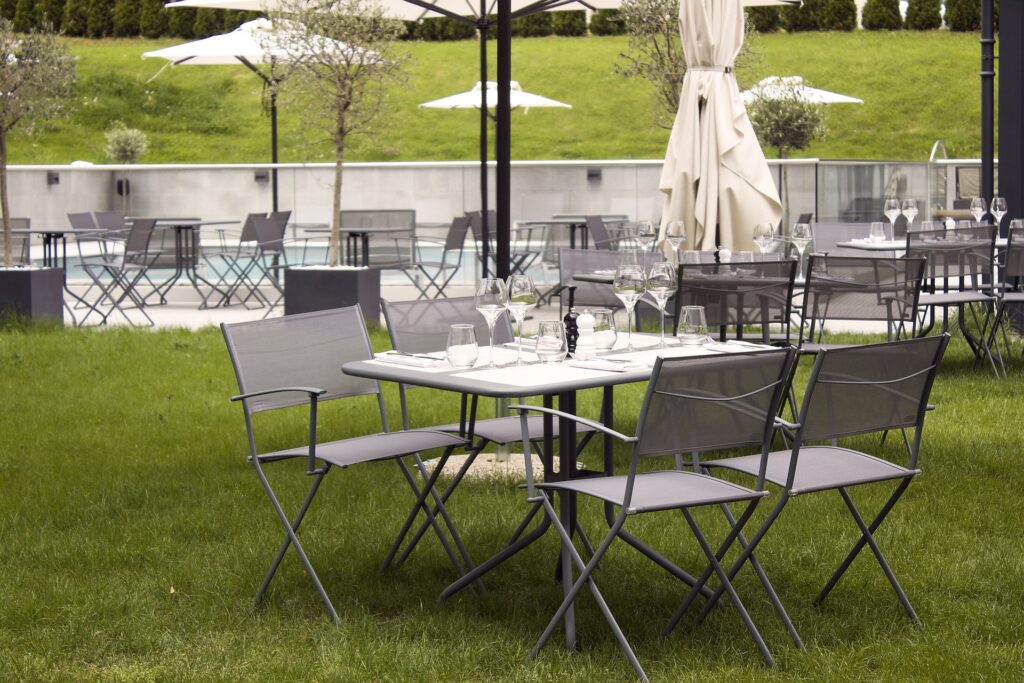
Gardening is not solely about the plants; it’s also about creating a space that you can enjoy. As plants begin to thrive, take time to relish the fruits of your labor. Here’s how you can enjoy your garden in April and beyond:
Relaxation Zones: Set up comfortable seating areas to unwind and appreciate the beauty around you. Create a nook with a few chairs and a small table for a lovely outdoor retreat.
Gardening Journals: Keeping a journal of your gardening experiences can be invaluable. Document planting dates, growth progress, and lessons learned.
Inviting Wildlife: Build birdhouses or butterfly gardens to make your space inviting for local wildlife. Not only does this enhance your garden’s beauty, but it also encourages pollination.
Engaging Friends and Family: Share your progress and invite friends and family over for gardening workshops or casual get-togethers to foster community and gardening enthusiasm.
Conclusion
Gardening in April in Zone 6 is an exciting venture, filled with opportunities for growth and creativity. With thorough preparation and mindful practices, you can cultivate a lush, vibrant garden that promises to bring joy throughout the season. By understanding your soil, planting optimally, managing pests, and enjoying your space, you will not only see abundant blooms and produce but also develop a deeper connection with the nature surrounding you.


